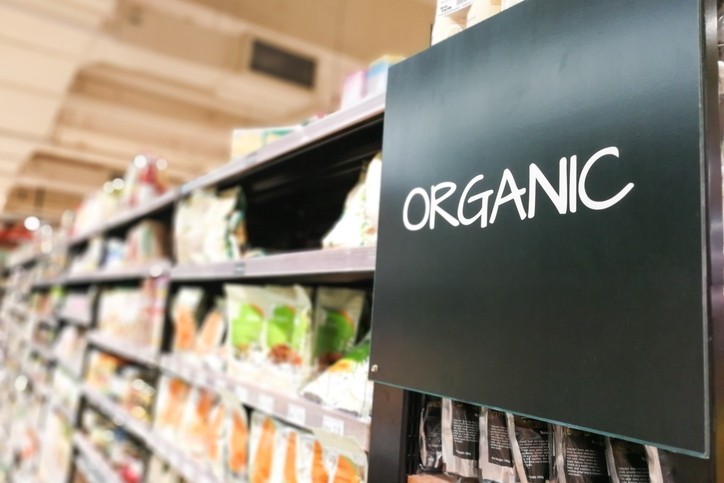The global organic food and beverages market is set to achieve a substantial size of USD 564.22 billion by 2030, exhibiting a compelling CAGR of 11.7% throughout the forecast period. This growth is fueled by several factors, including the health benefits associated with organic consumption, the increasing health consciousness among consumers, and the alignment of organic choices with environmental sustainability.

Health Benefits and Consumer Awareness
Organic food and beverages are gaining prominence due to their perceived health benefits. These products are naturally enriched with essential nutrients like vitamins, minerals, and antioxidants, while being free from synthetic pesticides, herbicides, and GMOs. This health-conscious trend is encouraging consumers to opt for organic alternatives. The regulations around organic produce may differ from country to country; for instance, in the U.S., organic crops must be grown without synthetic chemicals or GMOs.
Sustainability and Environmental Consciousness
The surge in adoption of organic and natural products is closely tied to their eco-friendly attributes. Naturally grown items align with sustainability values, as they are cultivated using methods that reduce the need for synthetic chemicals and promote soil health through techniques like crop rotation and natural fertilization. This resonance with eco-consciousness has further fueled the growth of the organic food and beverages market.

Segment Dynamics
- Organic fruits and vegetables dominate the market with a revenue share of 40.2% in 2022 and are poised to maintain their leading position. The segment’s growth is driven by health-aware consumers and concerns about artificial additives.
- Non-dairy organic beverages are gaining popularity, accounting for a significant share of 33.7% in 2022. These beverages, sourced from plant-based materials, serve as milk alternatives and are bolstered by the growth of the vegan movement and government initiatives to promote non-GMO and organic products.
- The meat and poultry products segment is projected to register the fastest CAGR from 2023 to 2030. This growth is attributed to increasing consumption and rising concerns over the quality of conventionally produced meat products.

** Click here to read the full-text **












